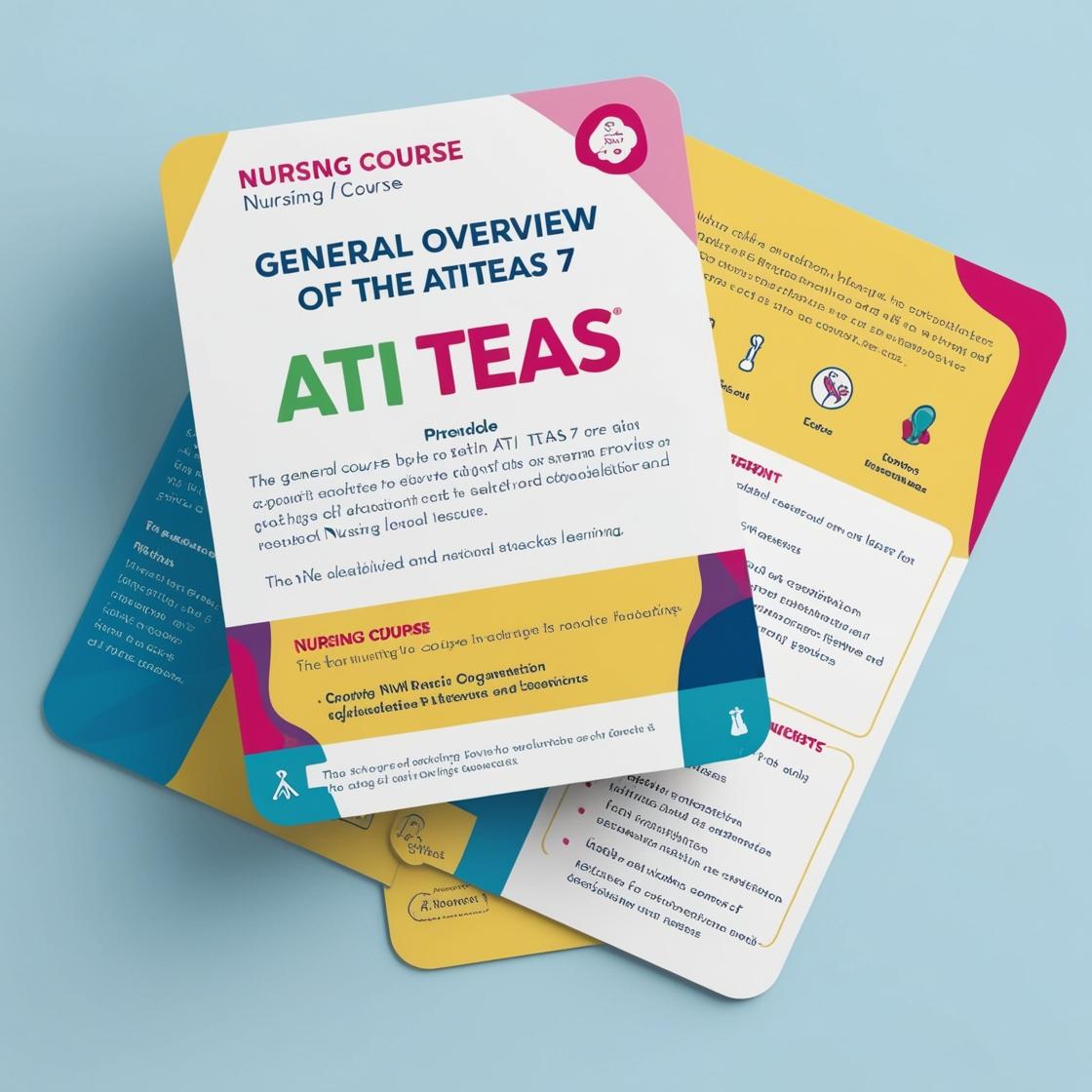ATI TEAS 7
TEAS 7 science quizlet
1. The process by which two or more species reciprocally influence each other's evolution through selection pressures exerted on one another is called:
- A. Convergent evolution
- B. Divergent evolution
- C. Coevolution
- D. Coevolution
Correct answer: C
Rationale: A) Convergent evolution refers to the process by which unrelated species evolve similar traits due to similar environmental pressures. This does not involve reciprocal influence between species. B) Divergent evolution refers to the process by which two or more related species become more dissimilar over time due to different selection pressures. This also does not involve reciprocal influence between species. C) Coevolution is the process by which two or more species reciprocally influence each other's evolution through selection pressures exerted on one another. This can lead to a close ecological relationship between the species, such as in predator-prey interactions or mutualistic relationships. D) This option is a duplicate of option C.
2. Which element is present in household bleach and has disinfectant properties?
- A. Sodium
- B. Chlorine
- C. Fluorine
- D. Iodine
Correct answer: B
Rationale: The correct answer is B, Chlorine. Chlorine is the element present in household bleach that provides disinfectant properties due to its oxidizing ability. Chlorine is effective in killing bacteria and other microorganisms. Sodium (Choice A) is a component of common table salt and not the active disinfectant in bleach. Fluorine (Choice C) is not typically found in household bleach but is used in fluoride products. Iodine (Choice D) is used as a disinfectant in some contexts but is not the primary element in household bleach.
3. What is the medical term for an ingrown hair?
- A. Folliculitis
- B. Hirsutism
- C. Pseudofolliculitis Barbae
- D. Alopecia
Correct answer: A
Rationale: The correct answer is A, Folliculitis. Folliculitis is the medical term for the inflammation of hair follicles, which can be caused by ingrown hairs. Hirsutism refers to excessive hair growth, pseudofolliculitis barbae is a condition where shaving causes ingrown hairs, and alopecia is hair loss. Therefore, choices B, C, and D are incorrect as they do not specifically refer to ingrown hairs.
4. What is the process of splitting a heavy nucleus into smaller nuclei, releasing a vast amount of energy called?
- A. Nuclear fusion
- B. Nuclear fission
- C. Radioactive decay
- D. Chain reaction
Correct answer: B
Rationale: The correct answer is B: Nuclear fission. Nuclear fission is the process of splitting a heavy nucleus into smaller nuclei, releasing a vast amount of energy. This process is commonly used in nuclear power plants and nuclear weapons. It is a controlled chain reaction that generates energy. Option A, Nuclear fusion, is the process of combining two light nuclei to form a heavier nucleus, releasing energy. This process powers the sun and other stars. Option C, Radioactive decay, is the process by which an unstable atomic nucleus loses energy by emitting radiation. Option D, Chain reaction, is a self-sustaining reaction where the products of one reaction event stimulate further reaction events. While chain reactions can occur in both nuclear fission and fusion, the specific process of splitting a heavy nucleus into smaller ones is known as nuclear fission.
5. Which of the following is the intricate network of blood vessels responsible for transporting blood throughout the body?
- A. Lymphatic system
- B. Circulatory system
- C. Nervous system
- D. Respiratory system
Correct answer: B
Rationale: The circulatory system, comprising the heart, blood vessels (arteries, veins, and capillaries), and blood, is responsible for transporting blood, oxygen, nutrients, and waste products throughout the body. The lymphatic system aids in maintaining fluid balance and fighting infections; the nervous system transmits signals. The respiratory system facilitates the exchange of oxygen and carbon dioxide in the body, which is distinct from the circulatory system's role in blood transport. Therefore, the correct answer is the Circulatory system (Choice B). Choices A, C, and D are incorrect as they do not pertain to the intricate network of blood vessels responsible for transporting blood throughout the body.
Similar Questions

Access More Features
ATI TEAS Premium Plus
$150/ 90 days
- Actual ATI TEAS 7 Questions
- 3,000 questions with answers
- 90 days access
ATI TEAS Basic
$99/ 30 days
- 3,000 Questions with answers
- 30 days access
